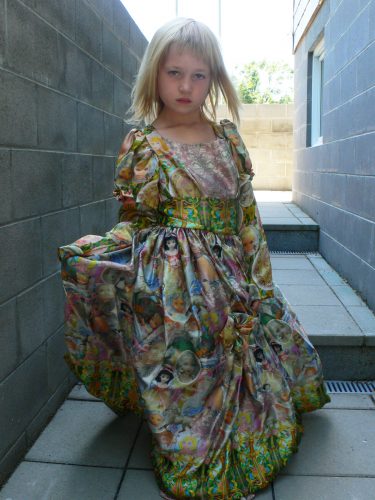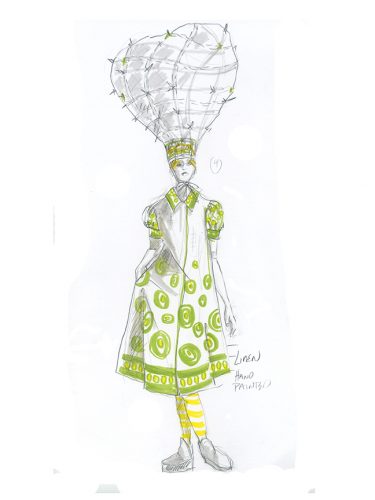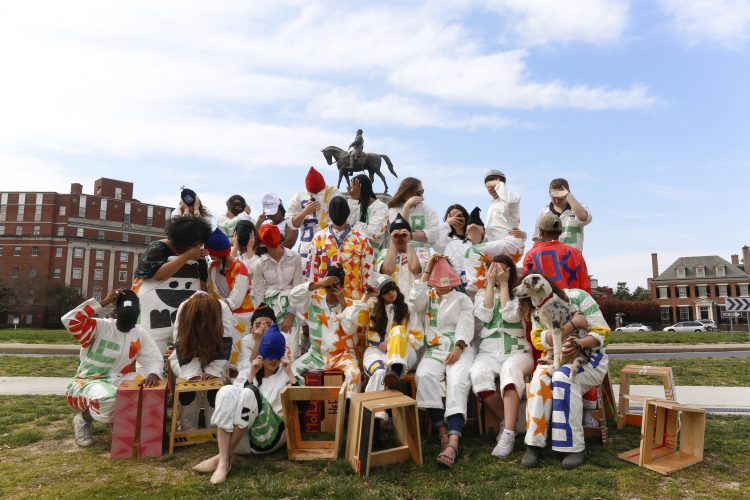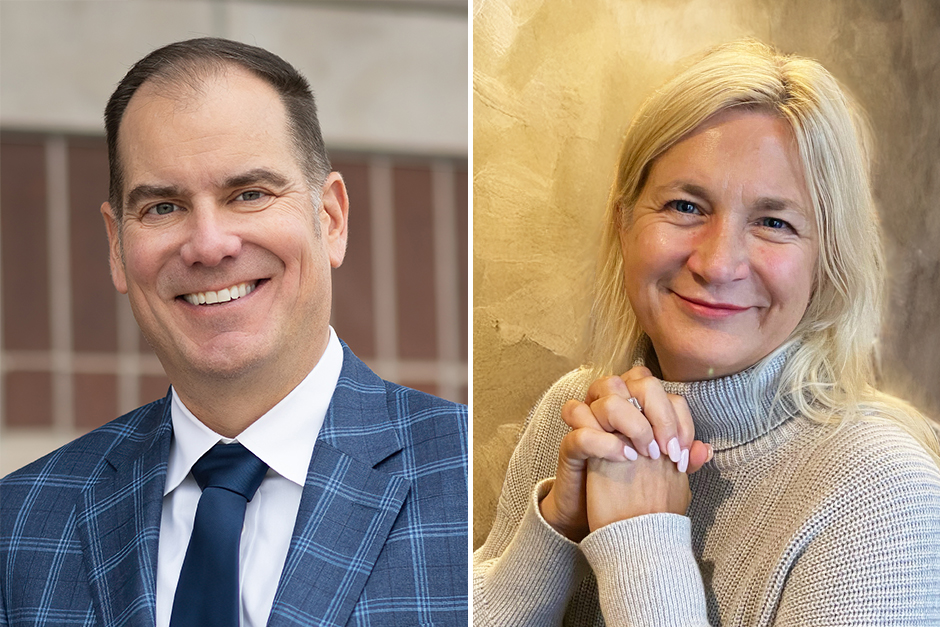How design, education, and activism intersect
Kristin Caskey ʼ84 says some of her biggest achievements since graduating Cornell with a B.S.S. in fashion design has been the small moments.

“Living a balanced life, raising a good kid, keeping bees and chickens, and sharing daily meals in this crazy world feels like a win most days,” Caskey says. “The last 10 years I have been trying to live as a useful human in a complex community.”
This Cornell art alumna’s community is Richmond, Virginia, where she teaches courses focused on fashion design, drawing and design theory, and runs an interdisciplinary design studio open to students at Virginia Commonwealth University (VCU).

As part of the team at the interdisciplinary mOb Studio, Caskey looks at community-engaged design as a way to provide solutions to individuals, institutions, and others by providing access to high-quality design.
“Richmond was the capital of the Confederacy and the national conversation has moved all of us to own up to our inherent biases, privileges, and complicity in an ongoing system which has yet to provide real equity and justice for all our citizens,” Caskey says.
This past year, after receiving its third National Endowment for the Arts (NEA) grant in a row, the team at mOb Studio along with the Storefront for Community Design, held a year-long design competition funded by the NEA to re-imagine Richmond’s Monument Avenue, which is a five-mile boulevard with Confederate leaders (Robert E. Lee, Jefferson Davis, J.E.B. Stuart, Thomas “Stonewall” Jackson, and Matthew Fontaine Maury) memorialized as statues.
“The national and concurrent high school competitions provide a forum for our city to hold conversations about design, our histories, and maybe a way forward from the old ‘us versus them’ conversations we usually have,” Caskey says.
Caskey’s award-winning design projects vary from commissioned pieces, to consulting work, to her work with students, and with community-engaged pieces.
Caskey attributes the wide lens focus of a liberal arts education and One Course At A Time with her ability to quickly problem solve.
“I had a wide knowledge of the world outside of the insular discipline of fashion,” Caskey says. “It made me a really good researcher. I had very flexible thinking and was able to hit the ground running and solve all kinds of interesting problems I encountered in my work.”
Her advice to students considering Cornell:
“Cornell is a special microcosm and more relevant to the world than you can yet know,” Caskey says.

Tags: art & art history



